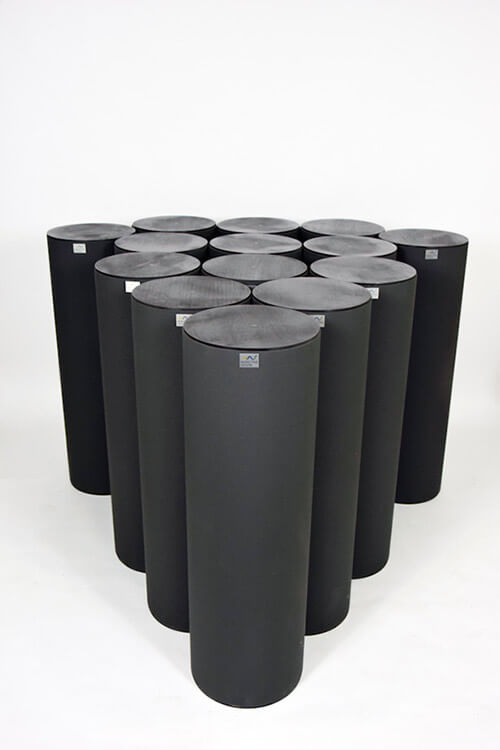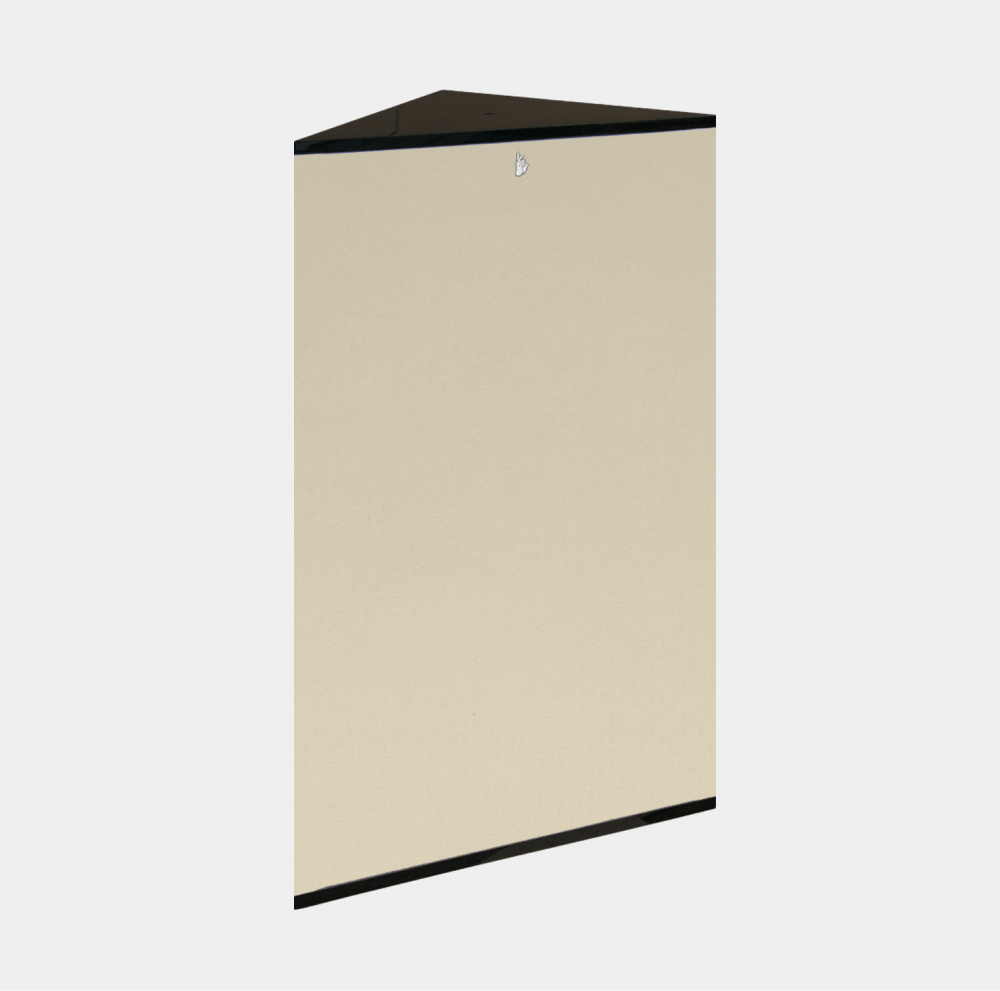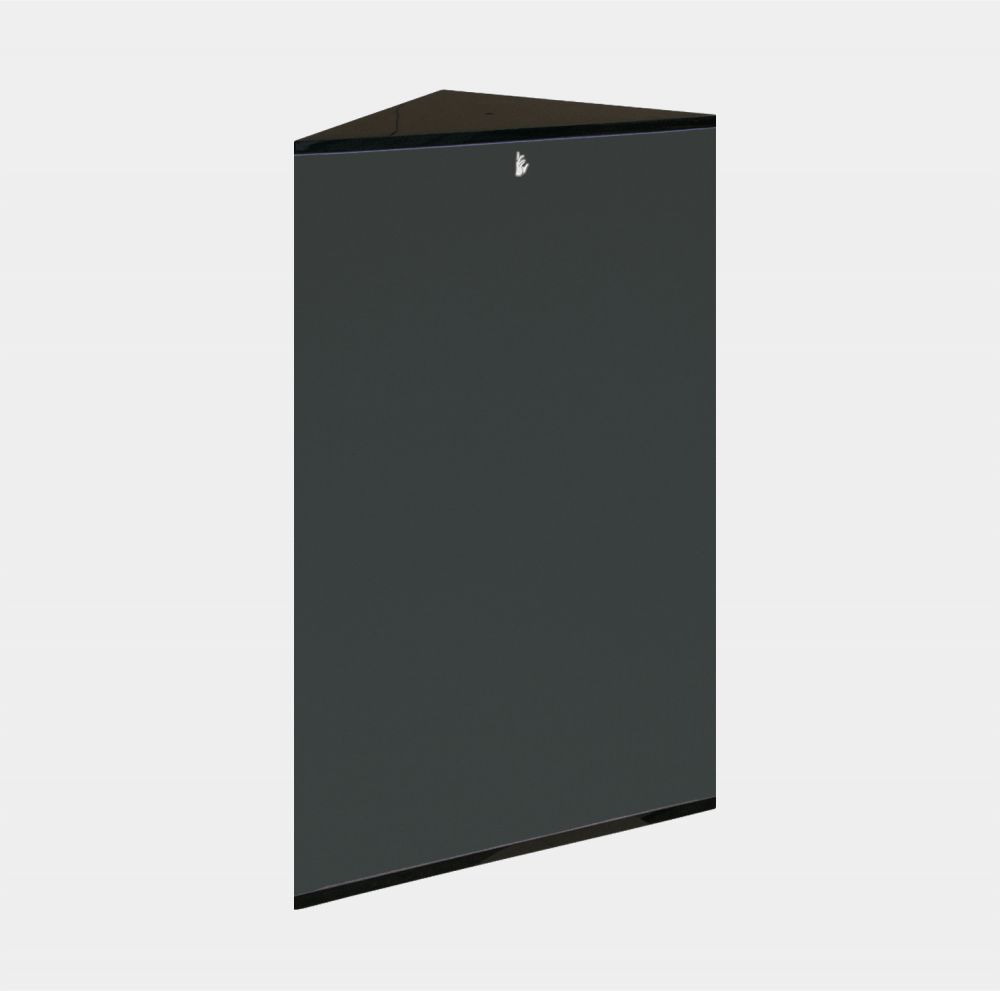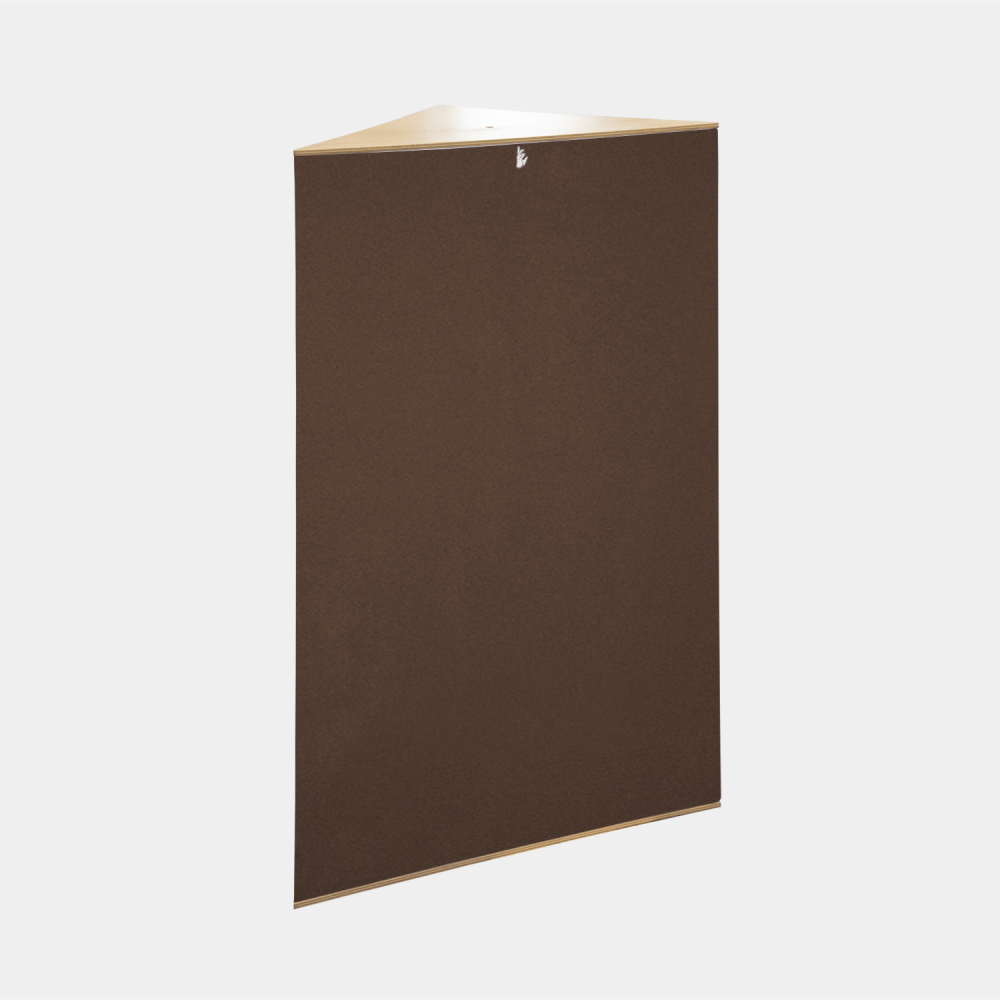What do bass traps do?
Bass Traps are a very important element in acoustic adaptation. In the vast majority of rooms there is a problem primarily with low frequencies. The low frequency sound waves are very long, for example the 30 Hz sound wave is over 11 meters long! No problem going through the walls, and its suppression will be very heavy. Good bass traps operate from about 50 Hz. Depending on the type, there are systems operating only on the lower band (due to the use of a special filter), other types of traps operating broadband, for example from 50 Hz to 4000 Hz.
The last type is the so-called Helmholtz resonators, which are tuned to a specific frequency. Their construction is quite complicated, and the action often goes beyond our expectations. Resonators are recommended for enthusiasts who want to devote their own time to build and perform acoustic measurements of the constructed solution in a given room. Production and tuning at a distance is practically impossible.

→ Take a look: Acoustic solutions
Bass traps - construction
There are bass traps available in the market in various forms, e.g. cylindrical, triangular or square. The shape does not determine their operation, it is mainly a visual aspect. It all depends on the materials used and their connection. Described as bass traps, molds cut out of foam often completely miss their name. In order for the material to attenuate low frequencies, it must have appropriate density, among other things. The vast majority of acoustic foams have a low density, so that the systems made of it can absorb medium and high frequency sound waves. The most popular material for bass traps is specially selected mineral wool, which can absorb low frequencies. Additional placement in the construction of a perforated plate or a specially prepared piece of sheet metal can make the panel absorb the designated frequency range better.
→ Take a look: Broadband absorbers
Where to place bass traps?
Low frequencies in the room are spreading around. This means that they are not directional like e.g. high frequencies. If we stand behind the "bass" loudspeaker we will hear the same as before it. It is completely different with medium and high frequencies. Most of the so-called bottom, accumulates in the corners of the room, both those connecting the walls and those connecting the walls with the ceiling. It is usually worth starting by placing Bass Traps in the corners behind the columns. Many people wonder how much such structures should be placed in the corner. There is no golden rule in this matter.
Typically, it will be optimal to place traps roughly from the ground to the ceiling, but one trap in the corner will also fulfill its task to some extent. It all depends on how big the problem with low frequencies is. The recommended place for bass traps is also the corners, which connect the walls with the ceiling, thanks to the appropriate assembly kit, you can hang them there. Can bass traps only stand in the corners of the room? Definitely not, they can also stand in other places, but usually they will work best in corners.
→ Take a look: Acoustic foam
Frequently Asked Questions
Most frequently questions asked by our Customers. We hope these answers will address any questions you might have about bass traps.










